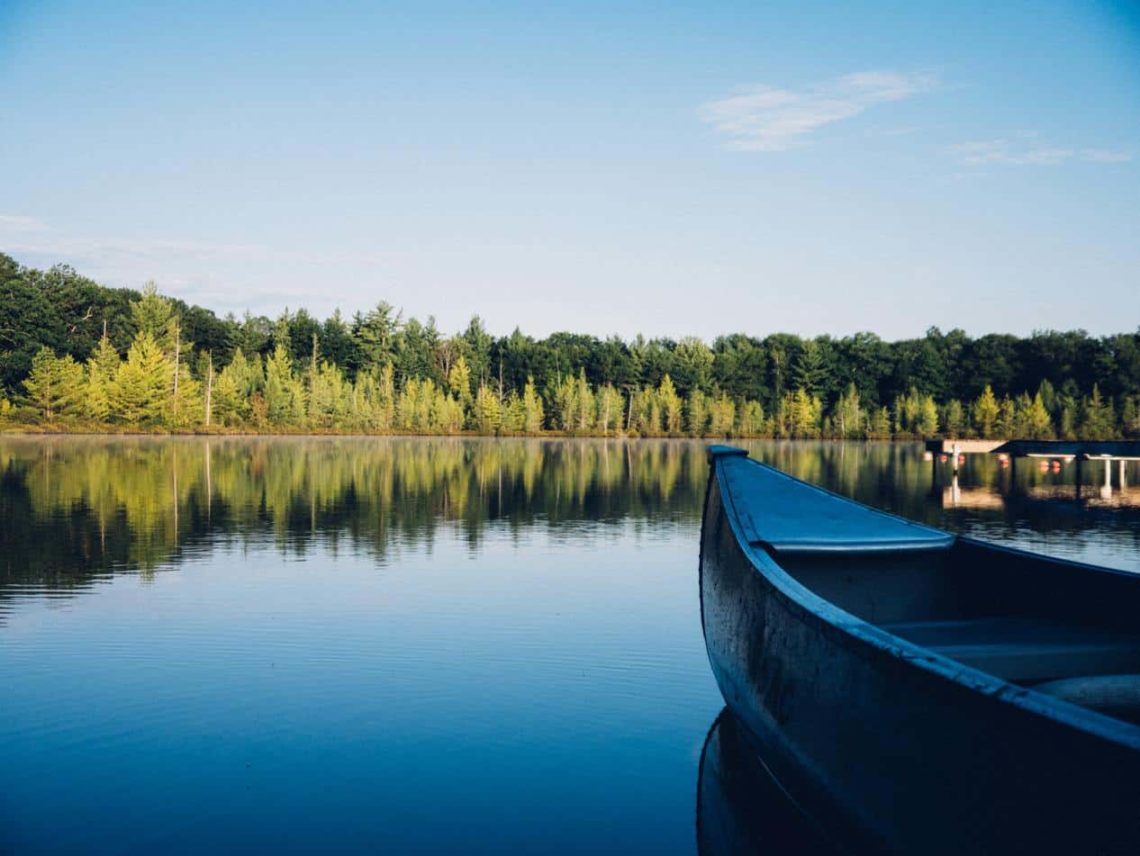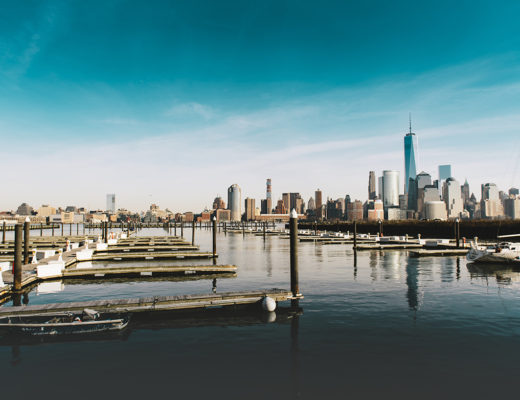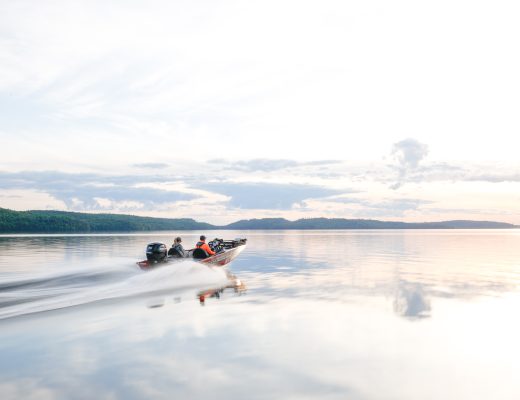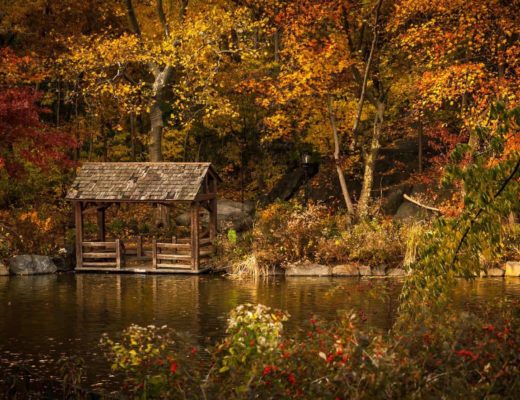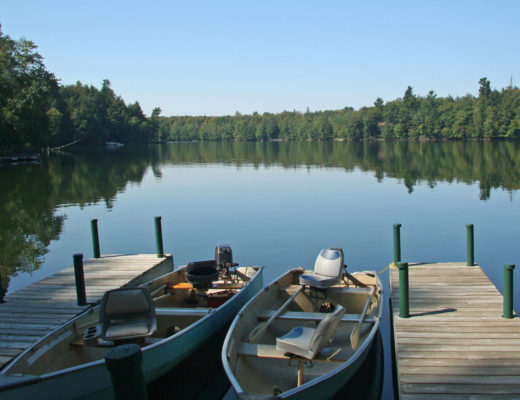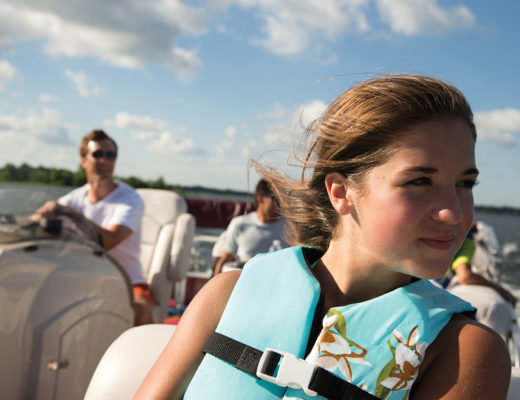Are you going boating in Kansas? Kansas is the Midwest State that’s so well known for those ruby red shoes. It’s also known for its expansive fields at Tallgrass National Preserve and the many cows.
The State also has a variety of beautiful State Parks, like Cheney State Park, a boater’s paradise! There are several great historical destinations and over 150 lakes. Here, you can launch your boat or dip your paddle in Kansas.
Visit a large city like Wichita, Kansas City, or Overland Park, or check out a small, historic town like windy “Dodge City.” This town was once known for being the wildest in the Wild West.
Regardless of where you go, Kansas has a place and a water venue for everybody. So get out there and soak in that Kansas sunshine! Here are a few of our favorite destinations for boating in Kansas.
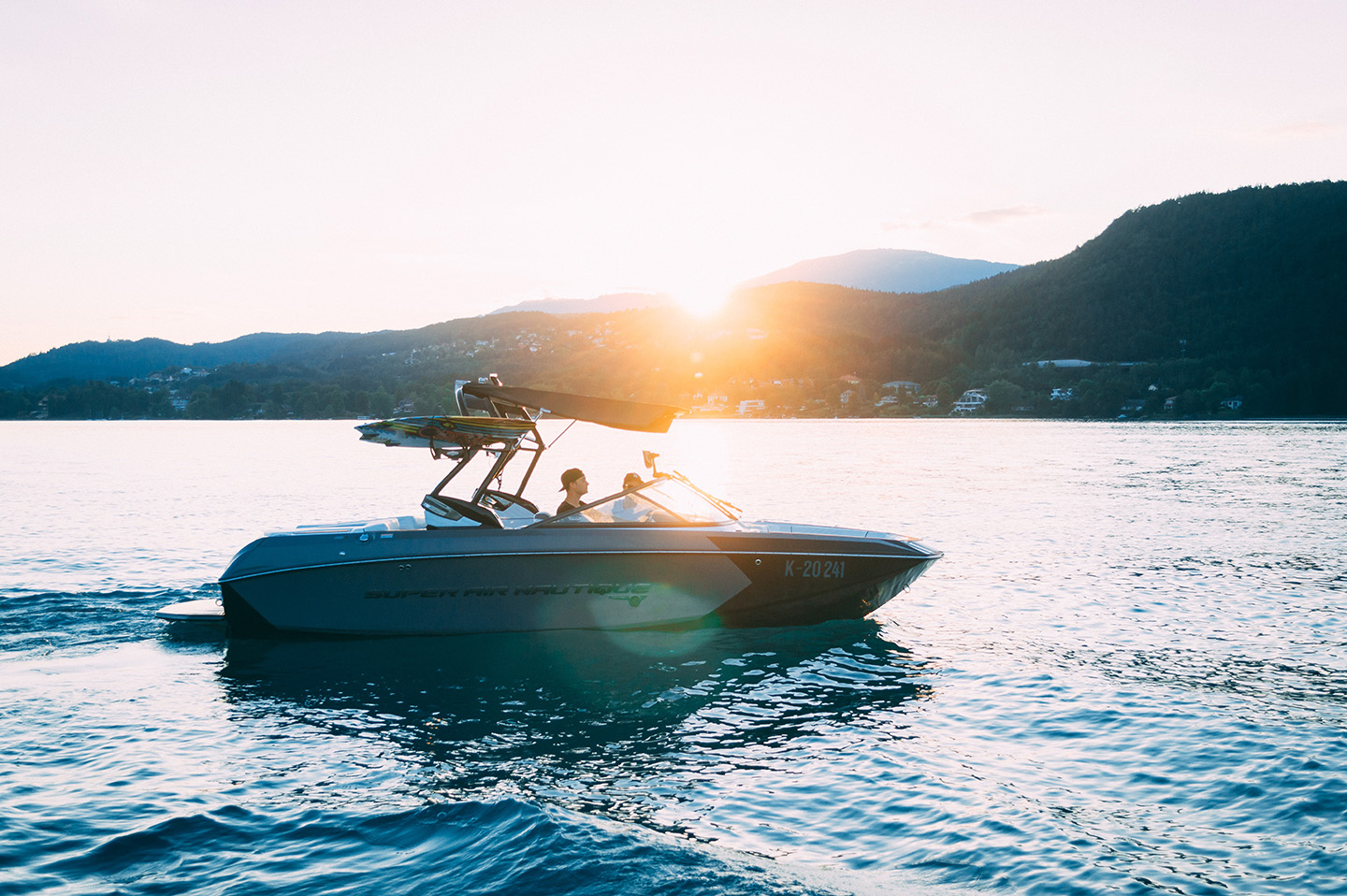
Best Lakes for Boating in Kansas
Where you should launch your boat and hit the water depends on what area of Kansas state you plan on visiting. To help you get the ball rolling, we thought we’d mention just a few of our favorite lakes.
These waterways are popular for a reason. Here’s why you should visit Cheney Reservoir, El Dorado Lake, Tuttle Creek Lake, Perry Lake, and Pomona Lake.
El Dorado Lake
El Dorado Lake is located on Walnut River just northeast of El Dorado. The U.S. Army Corps of Engineers manages it, and it is used for flood control, recreation, and water supply. The Kansas Department of Wildlife, Parks, and Tourism manages boating on the reservoir surface and local fisheries.
All four areas in El Dorado State Park have lake access, including:
- Bluestem Point
- Boulder Bluff
- Shady Creek
- Walnut River
Each location includes boat ramps, camping facilities, and hiking trails. Additionally, a marina operates in the Shady Creek Area.
El Dorado Lake is open for sport fishing. Fish species in the lake include blue and channel catfish and rainbow trout. Walleye, white bass, white crappie, and wiper are also plentiful.
Game animals live on the land around the reservoir. They include beavers, bobcats, coyotes, deer, doves, pheasants, prairie chickens, quail, rabbits, squirrels, and turkeys.
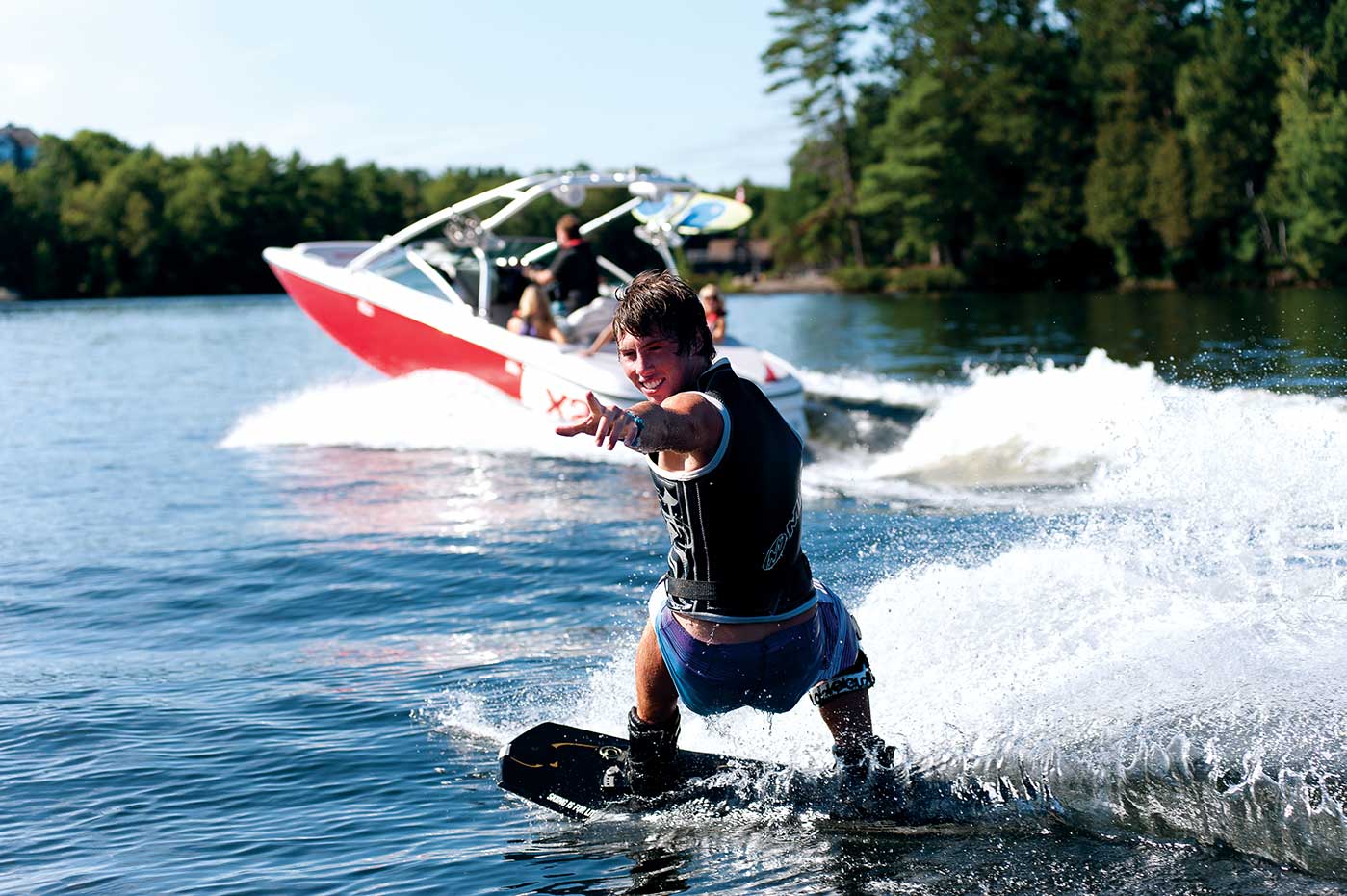
Pomona Lake
Pomona Lake measures 4,000 acres and is formed from 110 Mile Creek and two tributary creeks. It provides a scenic backdrop to any boating excursion, with plenty of wildlife to enjoy.
Pomona State Park is accessible from the lake and is managed by the Kansas Department of Wildlife, Parks, and Tourism. The park includes campsites, beaches, boat ramps, fish cleaning stations, and picnic grounds.
Marinas on both sides of the lake offer fueling, mooring facilities, and other services. The large lake is perfect for towing water sports. Prevailing winds offer excellent conditions for wind sports.
Tuttle Creek Lake
Tuttle Creek Lake is located in the Flint Hills’ northern section and attracts over 2 million guests yearly. Guests enjoy the endless recreational opportunities provided by the vast lake and surrounding landscape.
The lake includes 11 parks, a marina, 10,900 acres of water, and 20,000 acres of surrounding land. The lake provides many outdoor recreations, with boating, fishing, and hiking being the most popular.
Power boaters on Tuttle Creek Lake will enjoy the lake’s large central body of water on calm days for water skiing and pleasure boating. Canoeists and kayakers will find River Pond below the dam, a perfect place for paddling. The state park offers canoe, kayak, and paddleboat rentals.
Wildlife and Camping
You’ll also find plenty of wildlife at Tuttle Creek Lake, including bald eagles, white-tailed deer, Canada geese, wild turkeys, crappie, walleye, channel catfish, and other wildlife. The lake’s fish and wildlife resources provide boaters and anglers, sightseers, and hunters ample opportunities for their sports.
Turtle Creek State Park has four units that make up the 1,200-acre park. These include River Pond, Cedar Ridge, Fancy Creek, and Randolph. It offers electric and water hookups, a swimming beach, boat ramps, courtesy docks, and dump stations.
Campgrounds contain:
- 159 water/electric campsites
- 8 electric/water/sewer campsites
- 24 electric-only campsites
- 20 electric sites with community water at the Randolph Area horse campground
- 500 primitive campsites
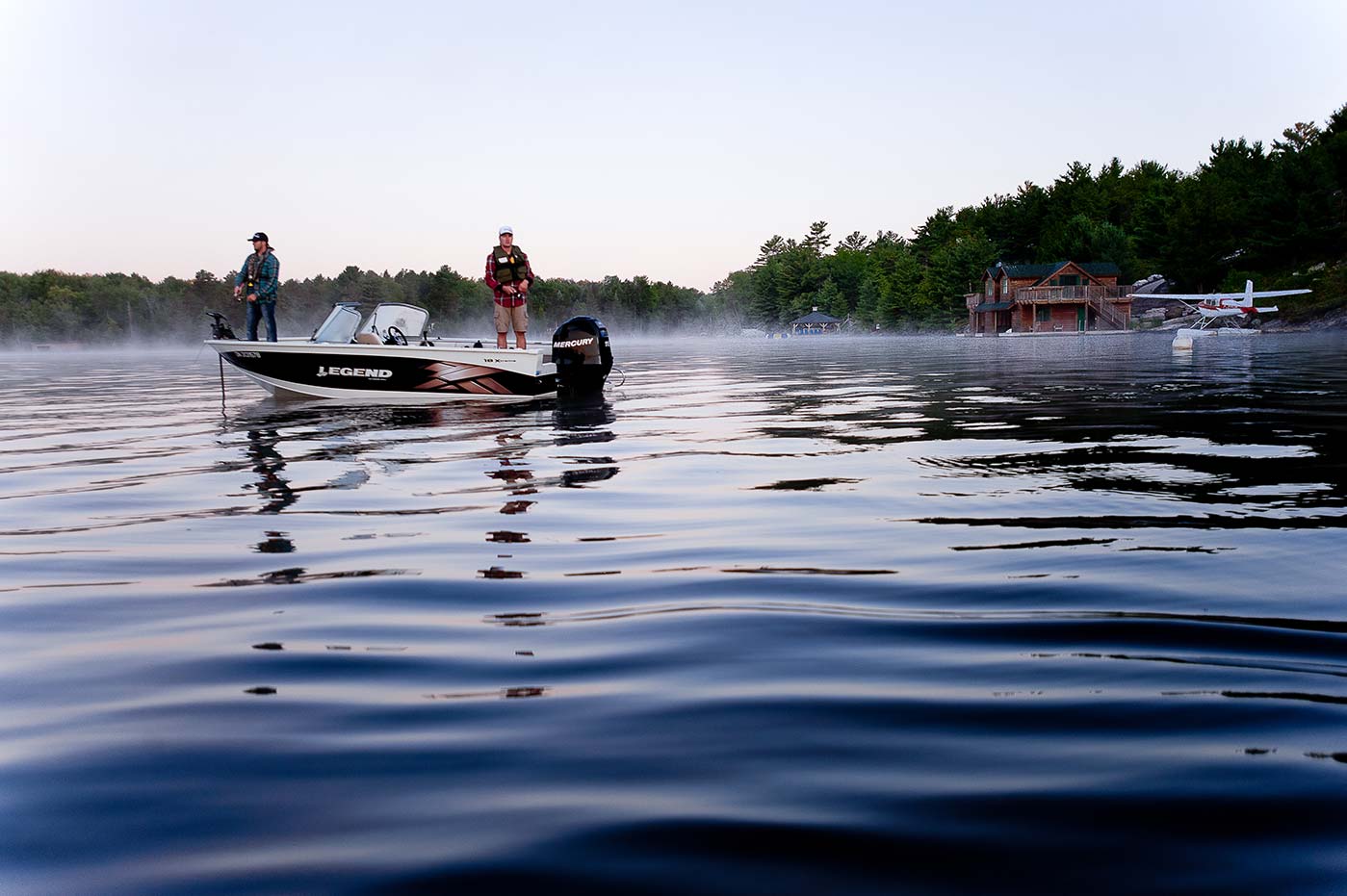
Wilson Lake/Reservoir
Located along the Post Rock Scenic Byway about 5 miles north of I-70, west of K-232, and in the heart of the Smoky Hills, Wilson Lake/Reservoir features a rugged shoreline. It offers scenic cliffs and rocky outcrops and is located in Wilson State Park.
The park and surrounding wildlife area provide photographic opportunities. You can find deer, pheasant, waterfowl, songbirds, and furbearers here.
Wilson Reservoir offers excellent white bass and striped bass angling. The Cedar Trail in the Otoe area is a one-mile loop with a concrete surface. It’s great for a leisurely, low-stress walk. The 25.5-mile-long Switchgrass Bike Trail is popular with mountain bikers.
Wilson Wildlife Area is located on the upper end of the 9,000-acre Wilson Reservoir. The 8,069-acre public hunting area is made up of 5,000 acres of rugged rolling hills of native prairie. It holds approximately 2,000 acres of cropland.
There are also 1,000 acres of riparian timber along the Saline River, Cedar Creek, Turkey Creek, and Elm Creek. The area has a waterfowl refuge that was established in 1996.
National and State Parks
What can you expect from the 24 State Parks located in Kansas? Well, you’ll find over 32,000 acres of land to explore. You’ll also find over 130,000 surface acres of water to access for boating, paddling, and fishing activities!
These parks also have landscapes with everything from vast grasslands to rugged canyons! Start your Kansas outdoor adventure by sightseeing, hiking, camping, boating, or climbing.
A few of the most popular state parks include Cheney State Park, Which has prime conditions for sailing, windsurfing, or just relaxing on a beach. There’s also the famous Tallgrass National Preserve in Kansas.
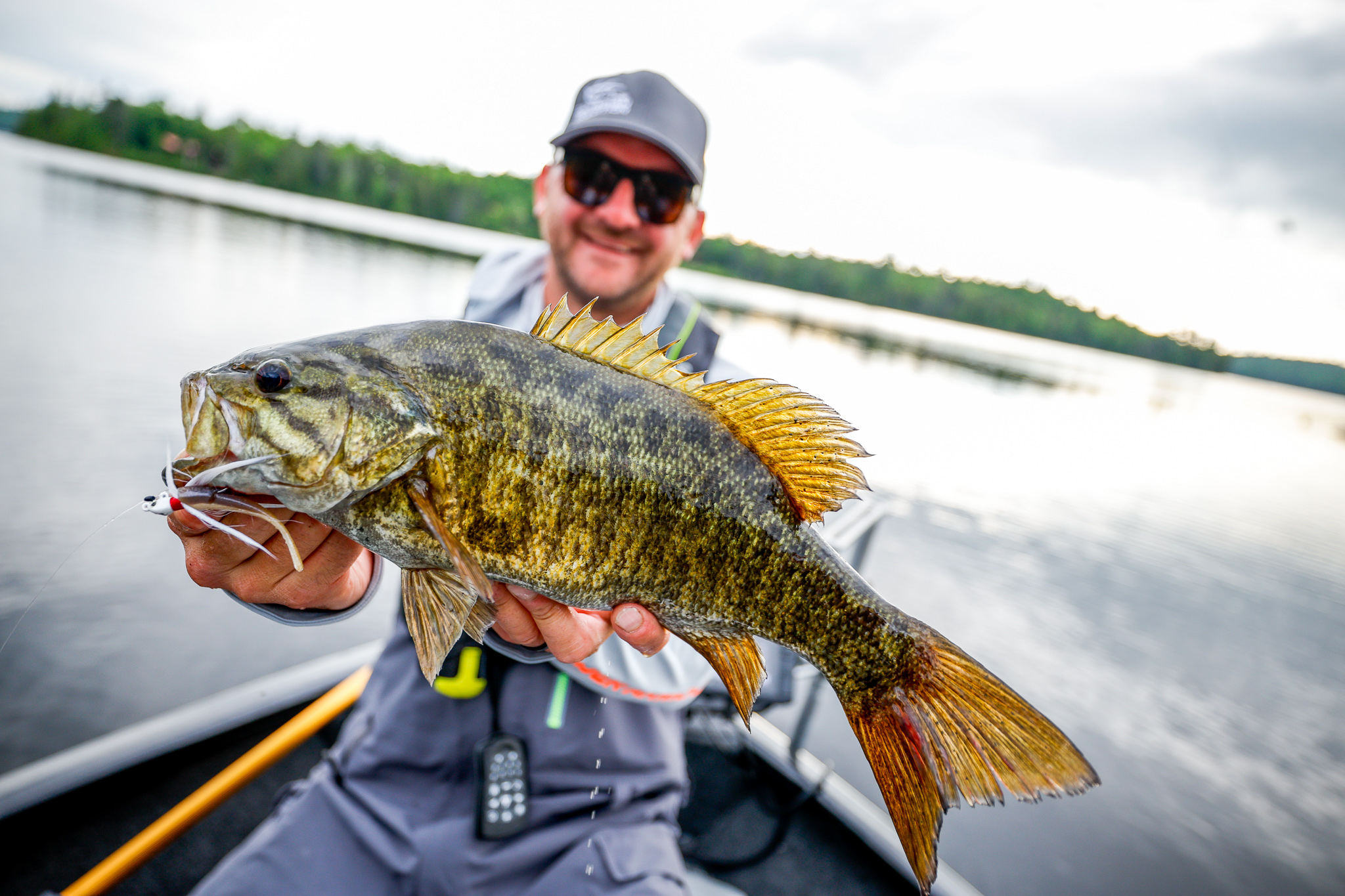
Fishing in Kansas
With over 40 well-stocked state fishing lakes and hundreds of acres of public waters, there’s no risk of running out of sport fishing locations in Kansas. So grab your gear, fuel up the boat, and hit the water!
The many lakes, rivers, and reservoirs in Kansas are home to a variety of sport fish. Varieties include crappie, trout, saugers, largemouth bass, and panfish, among other fish species in state fishing waters.
Before you go fishing or boating in Kansas, find out everything you need to know about the state fishing regulations, fishing license requirements, local fishing reports, and boating license requirements in Kansas waters.
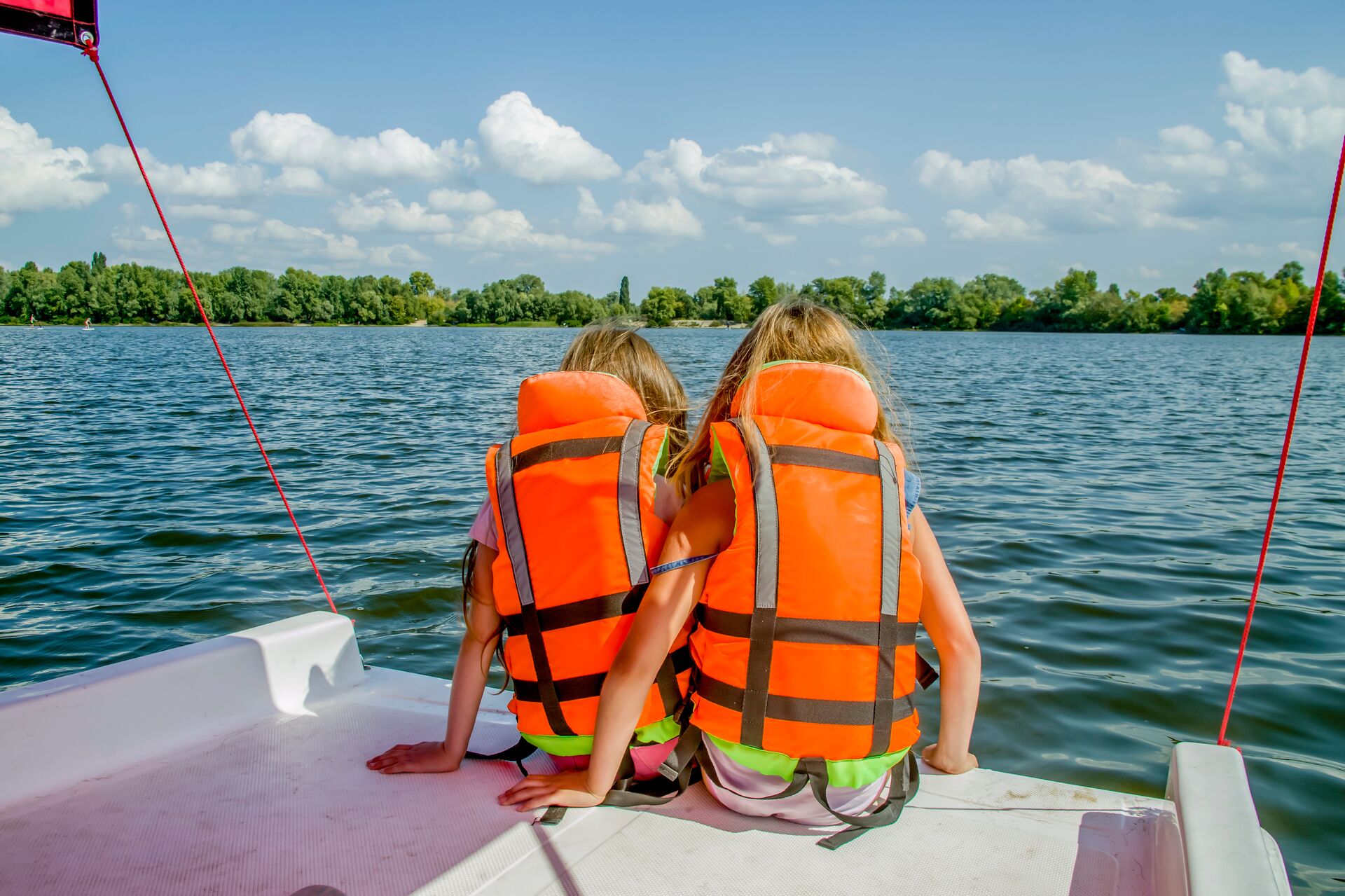
Learn About Safety on the Water Before Boating in Kansas
We hope this guide increases your excitement about boating in Kansas! However, before you head out to one of these lakes or parks to get on the water, make sure you’ve learned about boating safety.
BOATsmart! offers online boating education courses to help boaters and anglers learn how to navigate the waters safely. In Kansas, boat operators must pass a course like we offer to get a boating license before driving a boat — and what better way to learn than online through a fun and engaging course like BOATsmart!?
We’re here to help you have more safe fun on the water in Kansas. So, start your course, pass the exam, then hit the water!
Originally published in November 2018. Content most recently reviewed and updated for accuracy and relevancy September 25, 2024.
